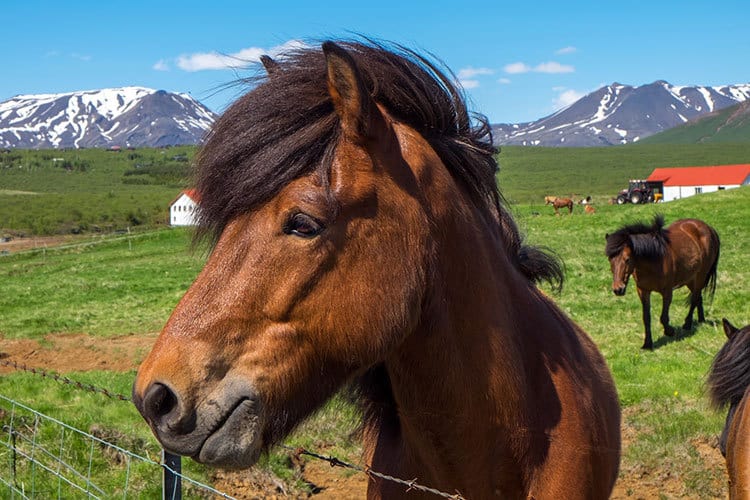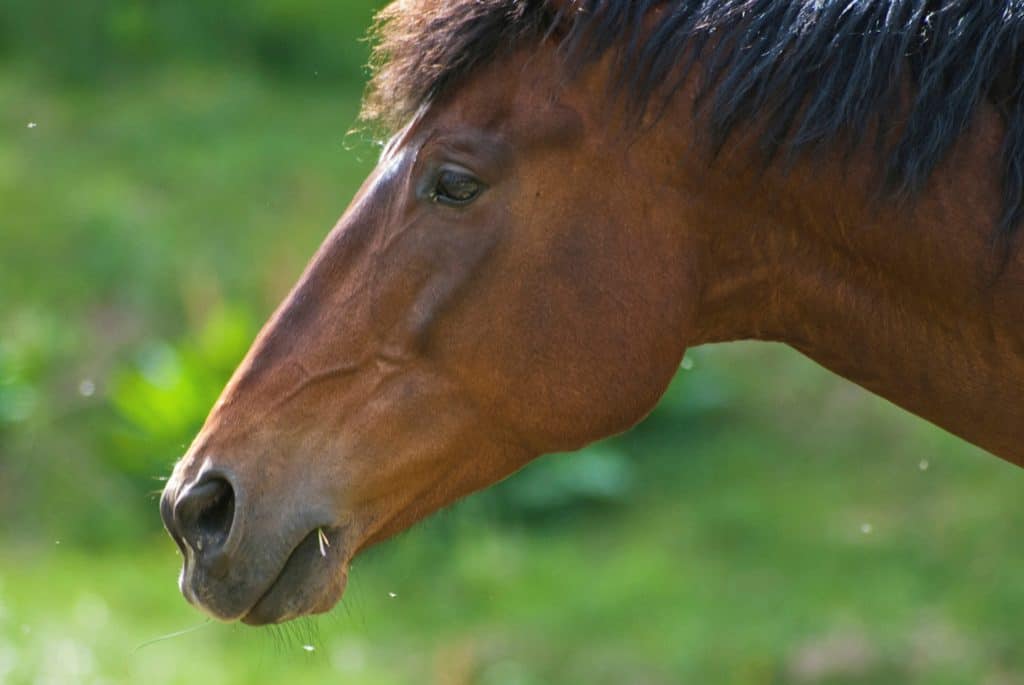
Bits and Breathing: What’s the Relationship?
Mouth-gaping caused by bit pain could make it difficult for horses to breathe, researchers say.

Mouth-gaping caused by bit pain could make it difficult for horses to breathe, researchers say.

One veterinarian describes how she handles these dangerous bites in horses.

Horses’ oxygen consumption and cardiac output decreased by an average of 24% and 9%, respectively, when going downhill.

A specific strain of S. zooepidemicus was likely behind the horses’ coughing and nasal discharge.

Scientists say Friesians benefit from specific exercise regimens and warmups based on their anaerobic threshold.

Learn how veterinarians treated an 18-month-old Andalusian colt that suffered nasal collapse after a training accident.

Of the 268 respondents, 93 (35%) said their horses suffer from seasonal respiratory allergies.

Horses with noninfectious respiratory disease had much lower SAA concentrations than horses with infectious disease.

Dusty arenas could be compromising your respiratory health, right along with your horse’s.

Researchers discuss equine rotavirus infection in foals, bacterial upper airway infections, and more.
Lecture topics will include performance-limiting upper airway issues, infectious respiratory diseases, EIPH, and more.

Find tips on handling bacterial pleuropneumonia, pneumothorax and hemothorax, rib fractures, and ARDS in foals.

Ammonia exposure during transport can have negative effects on the respiratory system. Here’s how to control it.

Physiologic and anatomic systems coordinate to allow a horse to reach his maximum athletic potential.

Influenza continues to represent a serious infectious disease threat to humans and animals alike.

Surgeons have honed a new approach to correct airway collapse in horses.
Stay on top of the most recent Horse Health news with
"*" indicates required fields